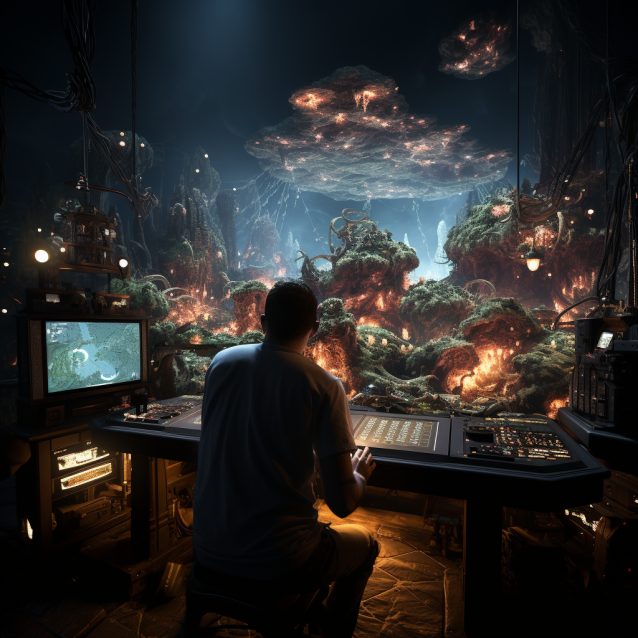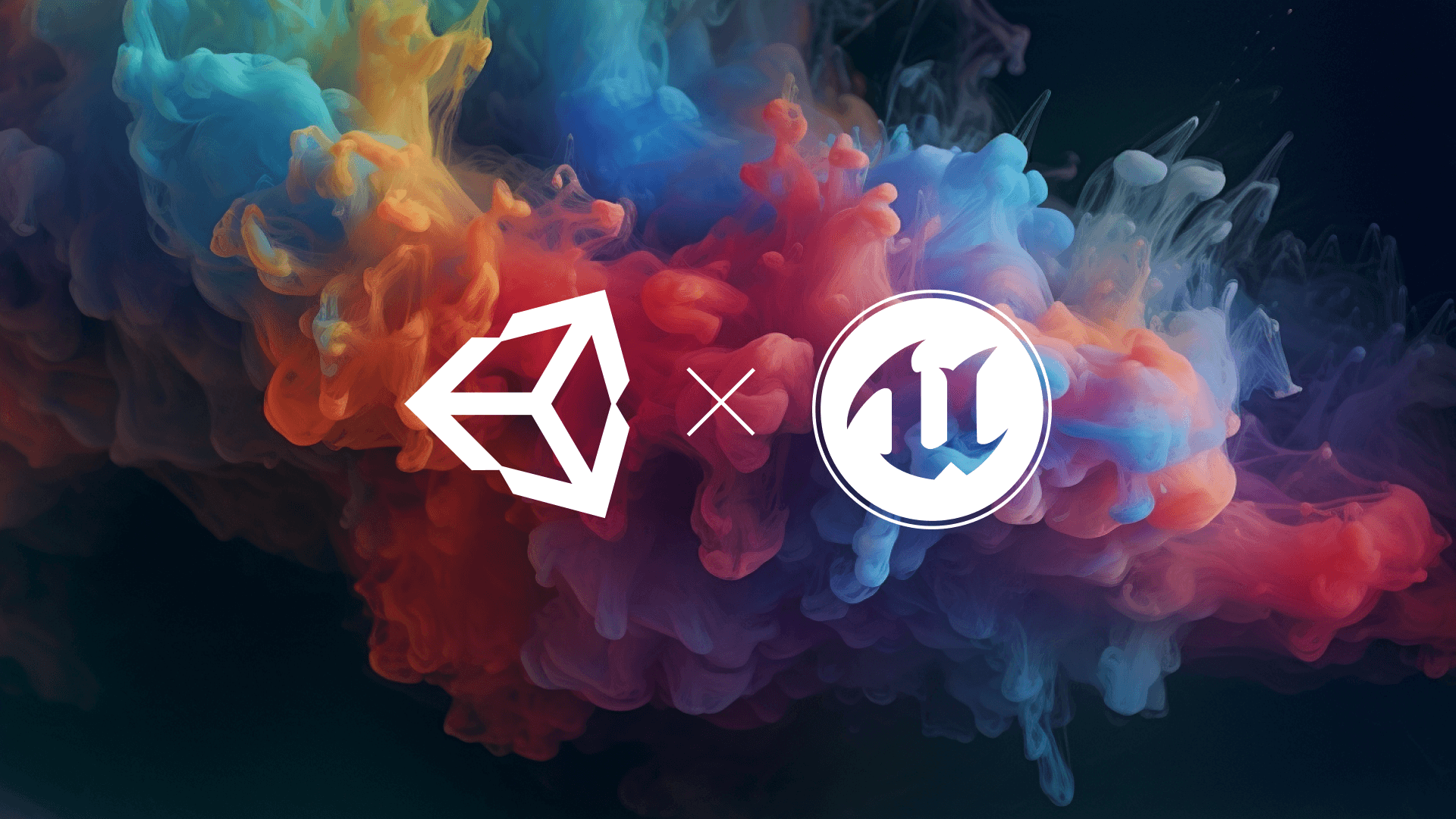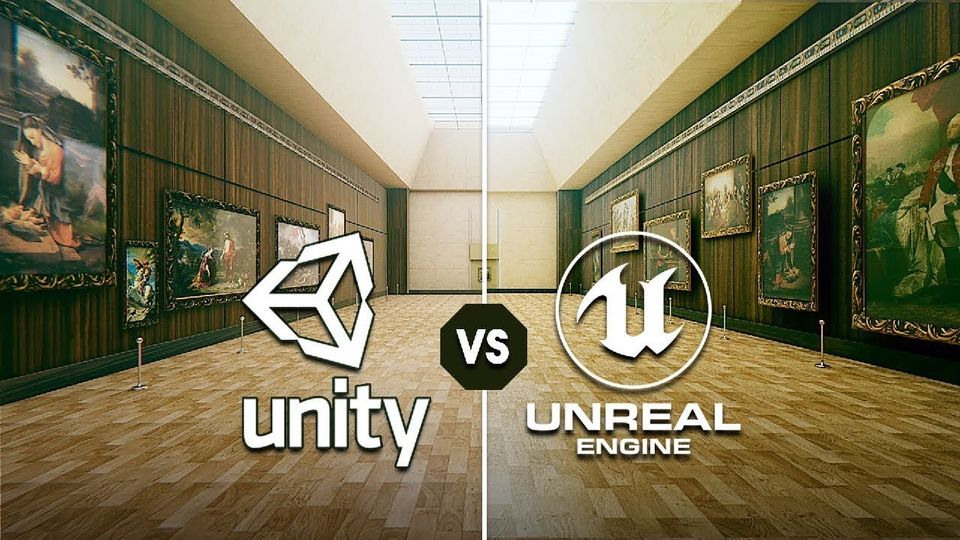Real-Time 3D: Transformative Innovation for faster and improved Decision Makings
As industries harness the power of Real-Time 3D, they benefit from dynamic environments where designs adapt and evolve on the spot, turning basic 3D assets into rich, interactive digital experiences.

Valued at a staggering 20 billion in 2021, and projected to grow at a robust compounded annual growth rate of 21% by 2030, RT3D (Real-Time 3D) stands as a formidable disruptor in the innovation landscape. This bullish outlook for RT3D stems from an escalating demand for cost-effective and real-time innovative visualization technologies. The growing need for a user-friendly service provider interface that generates and optimizes the highest quality 3D images in real time makes this growth imperative. Such interfaces are pivotal in generating and enhancing the finest 3D imagery instantaneously. Consequently , these advancements ensure that user experiences are both fluid and immersive.
Before diving deeper into RT3D, it's crucial to trace its evolutionary journey. From the transition of industries from 2D graphics to the richer dimensions of 3D, and now to the dynamic capabilities of RT3D, this progression not only underscores technological advancements but also highlights how RT3D is uniquely positioned to address modern challenges.
Understanding 2D vs. 3D:
While 2D graphics offer flat visuals defined by length and width, they miss depth, making them simpler to replicate through hand drawings. Conversely, 3D graphics introduce this depth, elevating them above 2D by providing a lifelike representation. This added dimension enhances user perception of light, shadow, and spatial relationships, offering a richer visualization of spaces or products. Beyond the visual appeal, 3D modelling boasts efficiency, streamlining processes for swifter outputs.
RT3D: The improved version of 3D
Defining RT3D:
At its core, RT3D emerges when 3D technology allows users to instantly modify and visualize designs. This advanced graphic system refines images in real-time, eliminating the need for costly physical prototypes. As industries harness the power of RT3D, they benefit from dynamic environments where designs adapt and evolve on the spot, turning basic 3D assets into rich, interactive digital experiences.

Some Industry Use Cases:
People buy what they see, and an immersive visual representation of a product helps greatly in turning prospects into customers. A powerful RT3D engine enables the creation of digital representations of products that appear, respond, and act just like the physical twin.
Retail and Commerce: With interactive 3D models, clients can be brought on board faster with visualization of proposed changes witnessed in real-time along with a comprehensive idea of the actual purchase, making the digital shopping experience attractive and time-saving. Brands are also utilizing RT3D to easily track their inventory and keep store chains posted about the stock.
Audi has implemented RT3D visualization in their showrooms, allowing customers to customize and view potential vehicle configurations in real-time.
IKEA’s "IKEA Place" app uses augmented reality (AR) and RT3D to let customers visualize furniture in their homes before purchasing.
Nike has leveraged the AR fitting feature called "Nike Fit" which allows users to find the right shoe size using real-time 3D visualization.
Industrial Design and Manufacturing: RT3D-rendered product design visualization helps evolve intelligent navigation helping minimize issues on roads, and speeding up design ideation, collaboration, and approval. Tesla, the electric car company, is utilizing real-time 3D simulations to prototype and refine car parts, systems, and complete vehicles before manufacturing.
Sales and Marketing: Immersive 3D ensures a comprehensive research and customization tool for the consumer, ensuring product engagement without leaving the comfort of their house. Digital versions and storefronts offer improved engagement with customers and foster client retention. RT3D helps marketers understand the customer’s journey with a product along with helping brands keep a real-time track of inventory.
Pepsi has recently launched an AR campaign using RT3D technology which lets users interact with a virtual football game.
Entertainment and Media: RT3D has unlocked a gamut of VFX for the ad, News, and Live streaming channels thus enhancing consumers’ experience with improved quality of the media. For instance, weather channels make use of 3D-rendered storms and rains for advanced and realistic reporting.
BBC used RT3D for its VR app to immerse users in interactive documentaries and experiences.
Industrial Light & Magic (ILM), the VFX company, founded by George Lucas, uses RT3D technologies in film production, most notably in movies like the Star Wars series. Snapchat, the social media app has figured out a similar use case. They employ AR lenses which are built on RT3D technologies to allow users to overlay dynamic, 3D visuals onto the real world in real time.
Gaming: RT3D makes the online, multiplayer gaming experience hyper-realistic with faster loading of virtual assets along with making the development of images faster, easier, and affordable.
Epic Games’ widely popular game "Fortnite" utilizes RT3D environments, allowing for dynamic, responsive gameplay. Unreal Engine, developed by Epic Games, is a major RT3D creation tool used by many game and film studios.
Healthcare: RT3D helps in making medical services more sympathetic and inclusive through Telemedicine, upskilling of practitioners, and increasing engagement in physical therapy, medical procedures, and rehabilitation. Intuitive Surgical’s Da Vinci surgical system gives surgeons a real-time 3D view of the human body, enhancing the precision of surgeries.
Training: RT3D-rendered simulations enable users to practice and test various skills in a realistic space, thus minimizing mishaps while allowing real-time immersive learning engagement of the trainee. Surgeons performing complex neural surgeries gain steadiness on 3D bodies that respond to their actions. Moreover, RT3D ensures remote diagnosis and repair of machines. Boeing has been using RT3D simulations to train pilots, helping them understand and navigate complex flight scenarios for a long time now.
AEC and Construction: RT3D enables VX/AX walkthroughs, lending heightened exposure to the architecture and planning of buildings and cities while saving cost and time in these processes. Autodesk’s software, such as Revit and AutoCAD, includes real-time 3D visualization tools that architects and designers use to model structures and spaces.
RT3D as a technology has the potential to revolutionize customer experience right from the ideation to the final delivery stage. This technology, with its streamlined approach, enabling remote and real-time collaboration across sectors is set to create superior, realistic, and meaningful solutions. It is not just the next step, but a giant leap in technological evolution. Its transformative power is evident across industries, redefining how we visualize, interact, and create. In an age where immediacy and realism are paramount, RT3D stands out as an irreplaceable and disruptive force, poised to reshape our future experiences and solutions.





